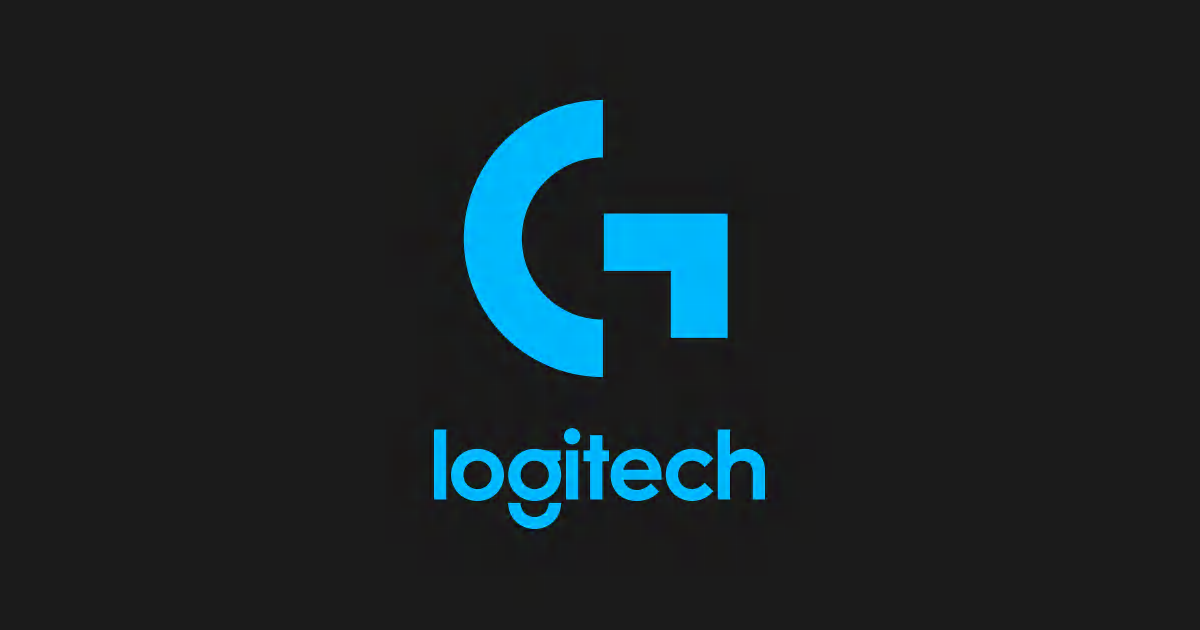And a 13.4" 3K touchscreen, a camera, a microphone, a more robust circuit board with USB4 support, more powerful quad speakers, a higher WiFi standard (7 vs. 6), and potentially whatever the difference is in cost between a keyboard & touchpad vs. dual analog joysticks. But sure, otherwise, exactly the same, LOL.
13.4" vs. 7" 16:9 display
Which is why I estimated the ROG Xbox Ally's display cost as ~$100 and ~200 for the chassis, compared to the XPS 13's display cost of (~$140) and chassis ($550 for carcass and keyboard, less $50 if you are not counting one-time start up tooling and design costs). If you want to assume that the Xbox Ally's display costs half of the XPS 13's (ignoring that the former is touch, higher refresh/lower response times), fine by me. Same if you want to assume AMD-compatible wireless cards cost the same as Intel's bundled offering (it doesn't, but whatever), sure let's call it 8 bucks. That now gives us:
Display: ~$60, we'll pretend that AMD has better economies of scale than Intel here.
SoC: ~$100
Memory: ~$100, we'll pretend LPDDR prices are down in 2025 even though they aren't.
Storage: At least ~50
Wifi Card: ~8, since AMD doesn't bundle as cheaply as Intel
Chassis: ???, but I'd guess at least 200
OS: ~70
Battery: ~40-50
Charger: ~30-50
That gives us a BOM of over $600, before factoring in warranty or logistical costs, so about $700 total if Asus gets all the lucky breaks. For your $899 cost at Best Buy, assuming they're nice and only want a 15% markup (25% is more common), that gives Asus a 9% margin before accounting for the millions of dollars Asus spends every year to have a national endcap at Best Buy.
TLDR: Unless Microsoft is getting an additional $100 of revenue per unit it wouldn't have gotten before, adding in $100 per unit rebate makes no sense for Microsoft when they already get 70 bucks per buy.
How is the Legion Go S suddenly $150 to manufacture, LOL? The chart you just gave us with the BOM estimates quoted a 512GB SSD and 16GB LPDDR5 5200 RAM, Dory, did you already forget? That's exactly what is in the $549 MSRP'd Lenovo Legion Go S I just linked (except the Go S actually has superior 16GB LPDDR5X-6400 MHz RAM). The cost quoted for just those two components is over $150:
Reading is your friend. I said that the Legion Go S is probably $150 (or more) cheaper than the ROG Xbox Ally, not that it costs $150 to product.
The Legion Go S is substantially cheaper, probably by about $150 to manufacture. That's before you get into Lenovo having lower ODM costs because they are the best at that atm while Asus is the worst of the big 5 OEMs atm in that facet.
You're whining about a "cheaper chassis" when the anodized aluminum CNC-cut chassis for the XPS laptop isn't comparable to the higher end handhelds here, at all, and isn't acceptable as an analogue for a cost estimate. BTW, there isn't any difference in the chassis between the ROG Xbox Ally X and Xbox Ally. The only listed difference is the
impulse triggers.
Where did I say the chassis of the Xbox Ally costs the same as the XPS 13? I very clearly provided a much lower cost estimate for it.
And how do the Xbox Ally X and Xbox Ally have the same chassis if one has a substantially larger battery and different I/O? They're very similar, but clearly different chassis and PCB.
And the chipset in the Lenovo Legion Go S is superior to the chipset in the cheaper Steam Deck for which you said Valve is "taking a bath".
I never claimed otherwise, I was commenting on the Legion G S to the Xbox Ally X.
Valve has been very clear that it loses money on the entry-level Steam Deck, and that's without having to pay $70 to Microsoft for a Windows license or account for the 15%-25% cut that Best Buy requires since Valve only sells direct to consumer.
Are you done blowing hot air out of your ass?
You have an odd way of trying to cover up your poor reading comprehension or outright mistakes.
For example, you think that handhelds generate new revenue, when in all likelihood people are playing games and subscriptions they already previously owned before purchasing that handheld.




